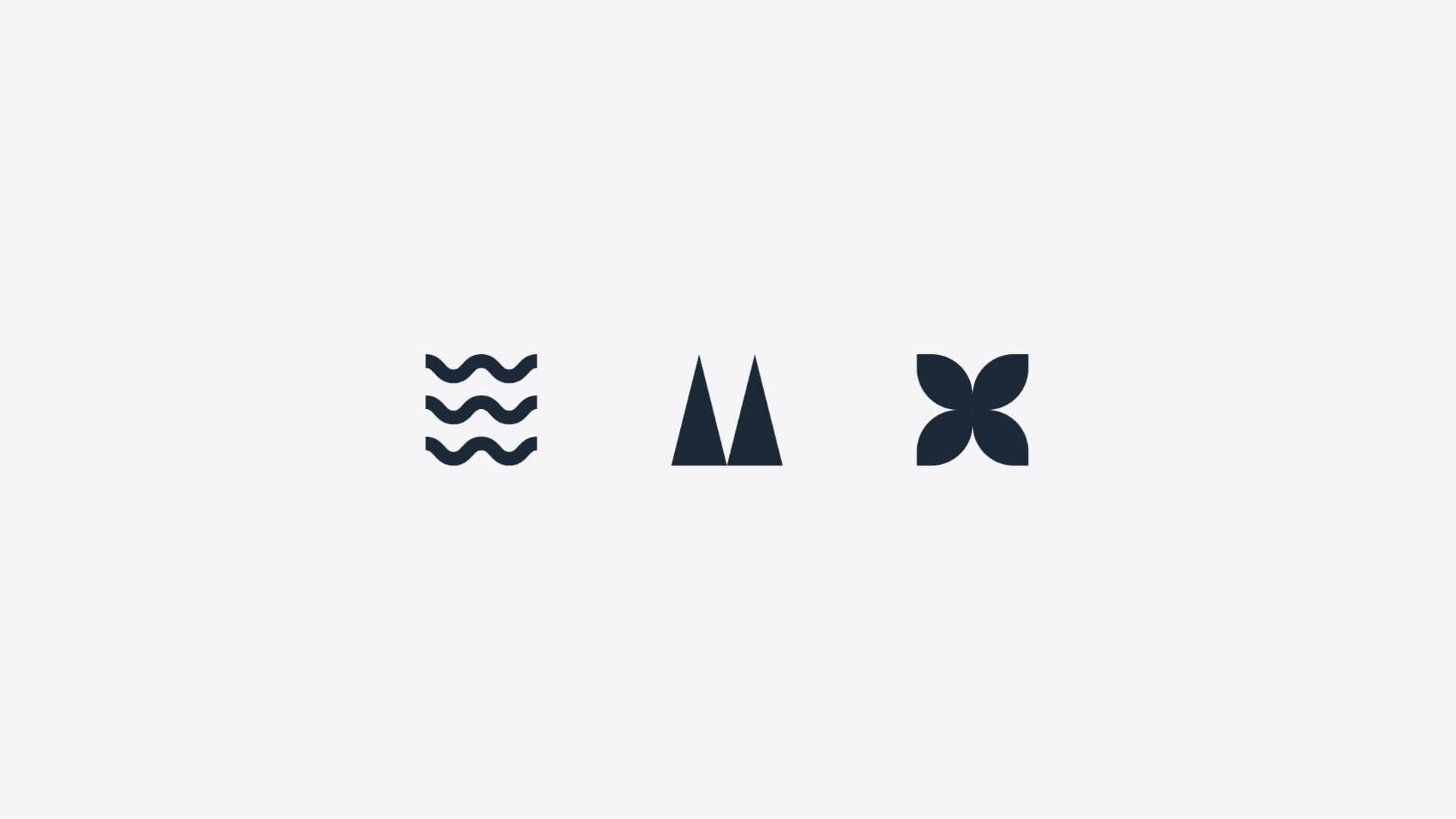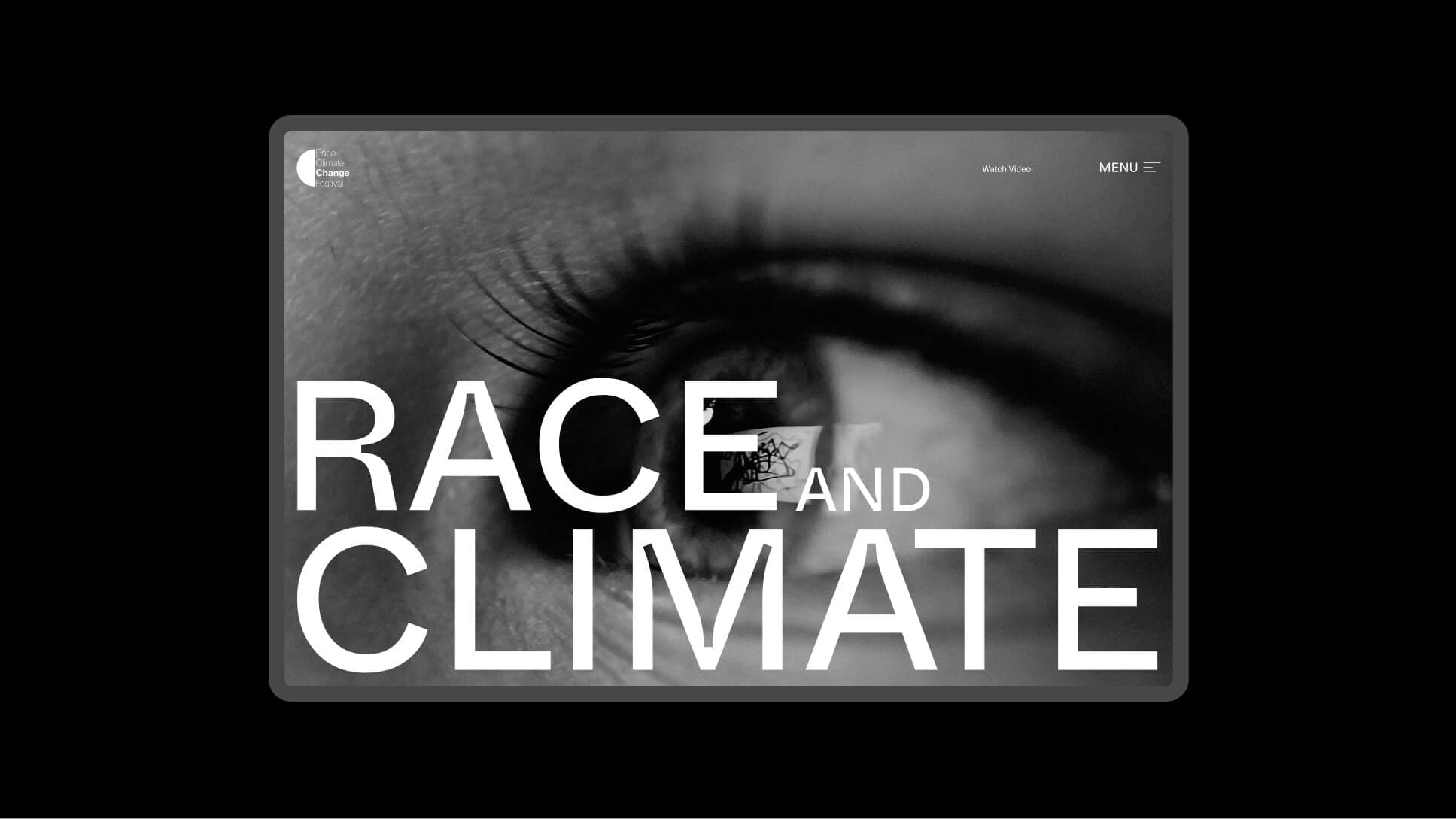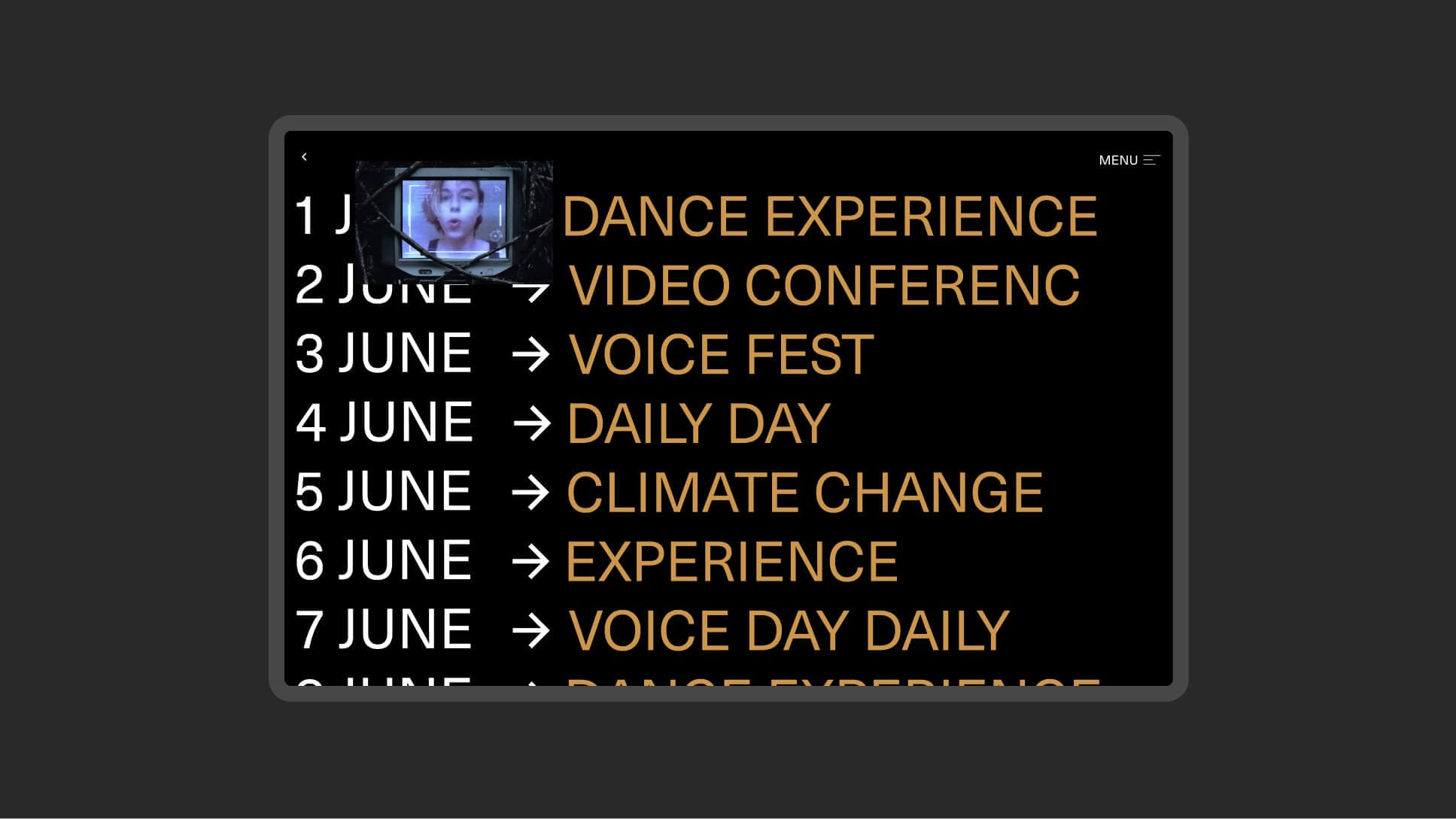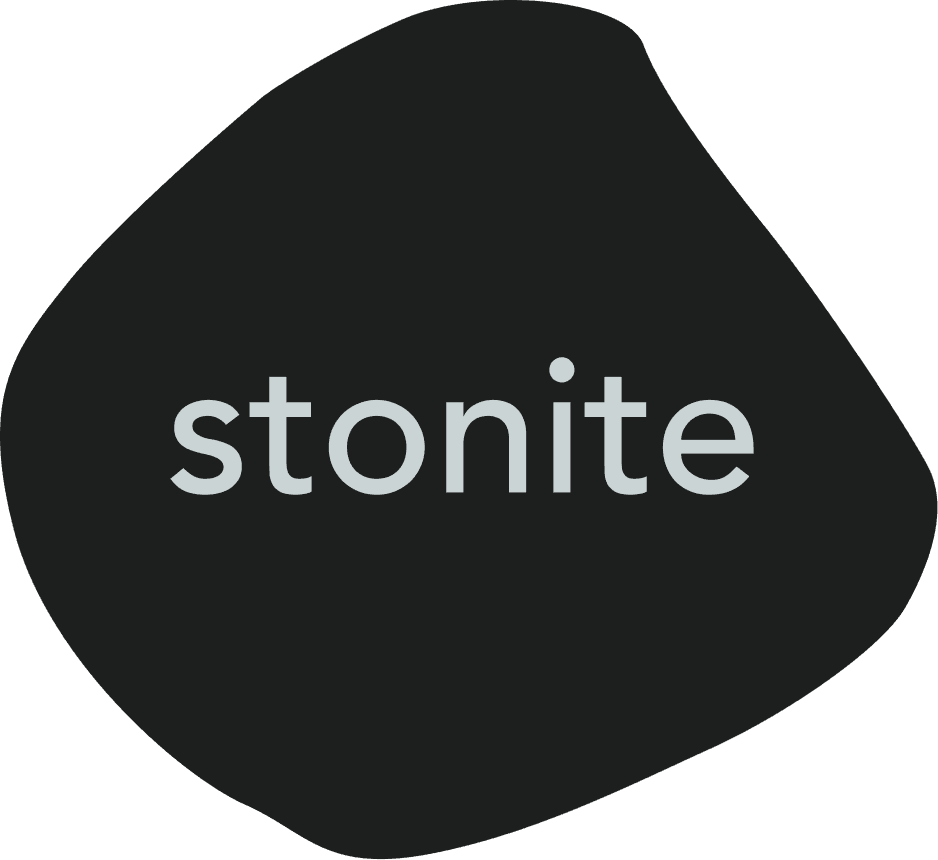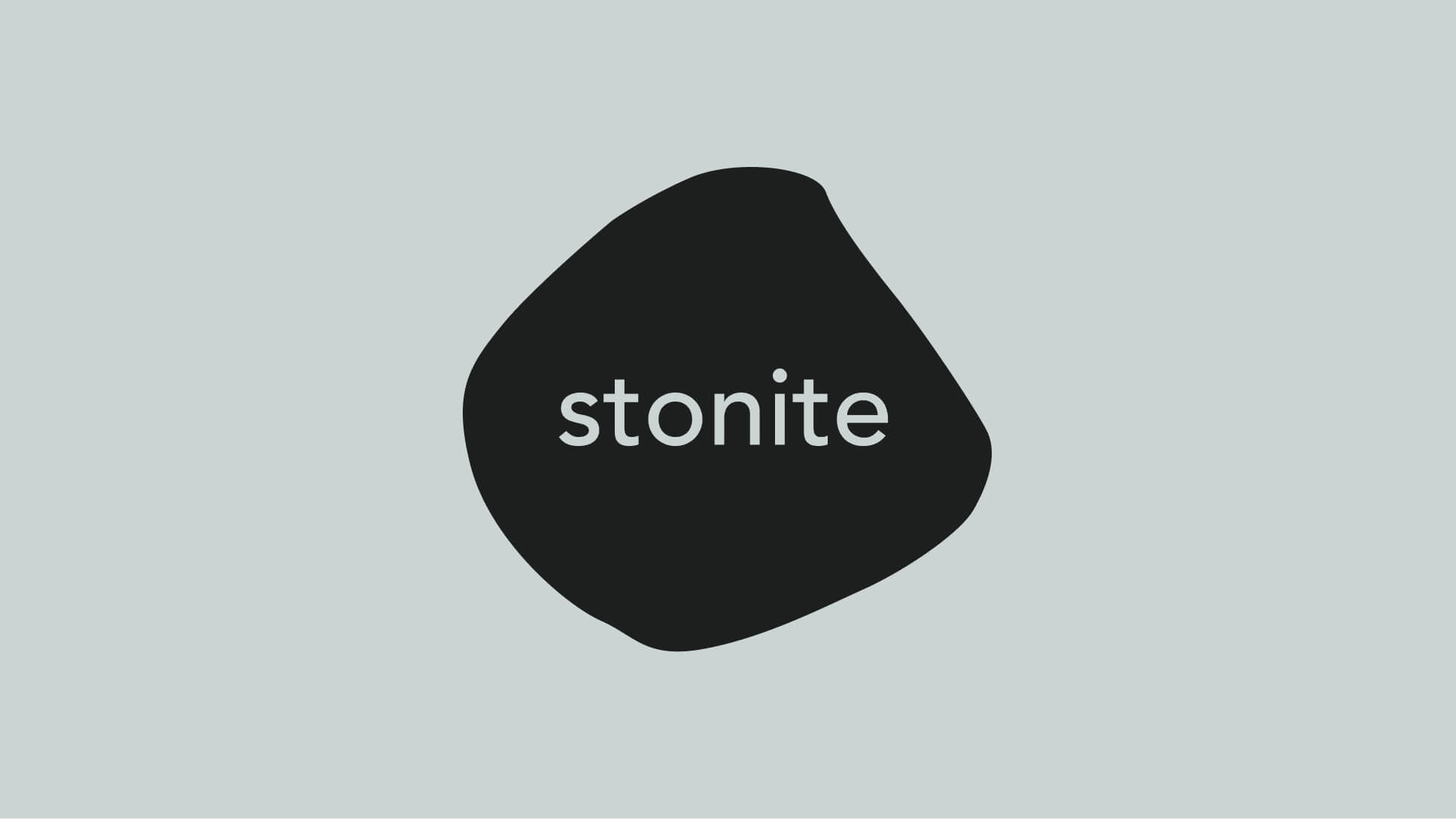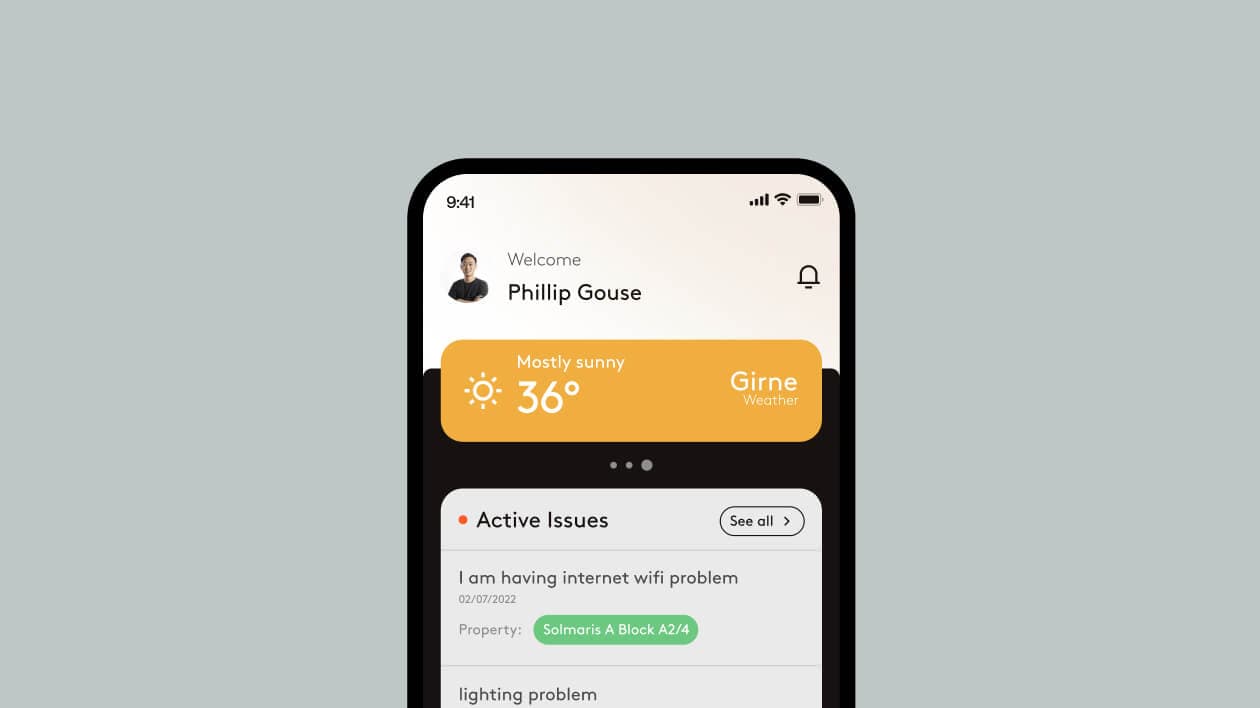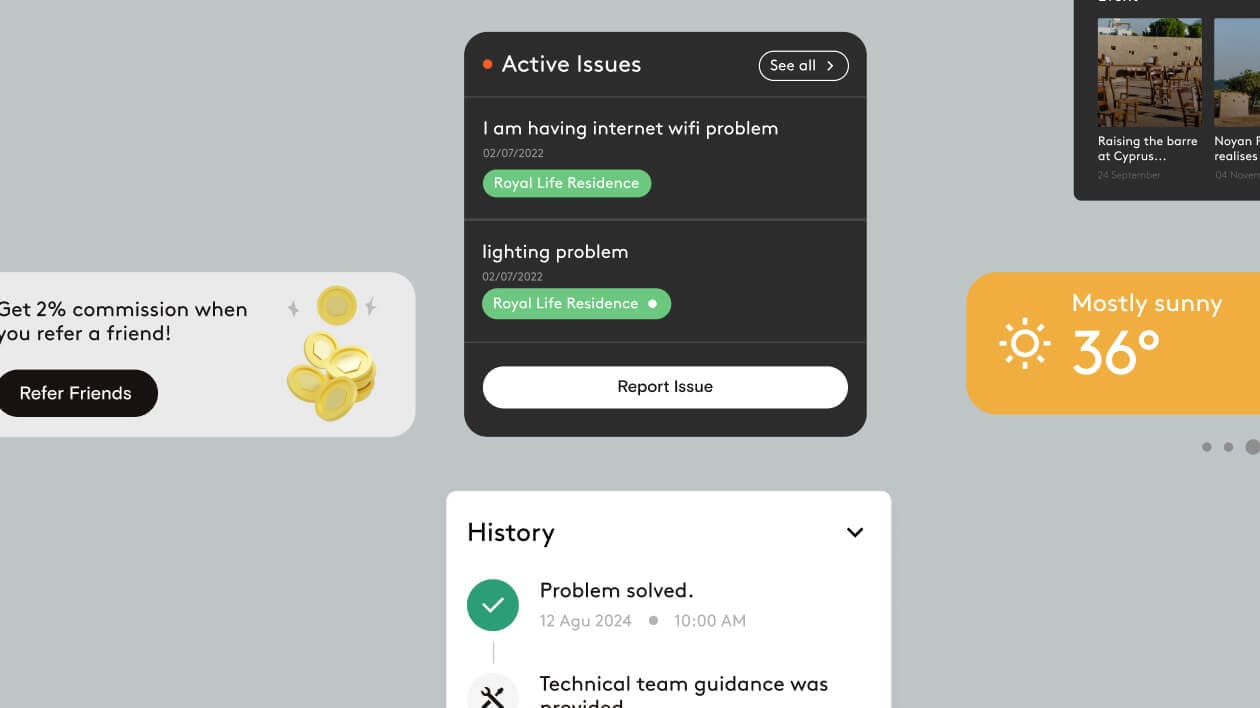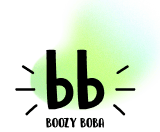User Research Strategy Service
Uncover hidden insights and make data-driven decisions. Our user research strategy service helps you understand your target audience, identify their needs and pain points, and optimize your product or service for maximum success. We'll work with you to develop a customized research plan, conduct user interviews, surveys, and usability testing, and deliver actionable insights to guide your future development.
Analysis & Insights
We analyze the collected data using both qualitative and quantitative methods to identify key themes, patterns, and actionable insights. We present our findings in a clear and concise manner, providing you with a comprehensive understanding of your users and their needs.
Discovery & Planning
We begin by deeply understanding your business goals, target audience, and existing product or service. We'll conduct thorough research to identify key areas for improvement and develop a customized user research plan that aligns with your objectives.
Recommendations & Action Plan
Based on the insights gathered, we develop specific recommendations and an actionable plan to guide your product or service development. We'll work with you to implement these recommendations and track their impact on your business.
Research Execution
We utilize a variety of proven user research methods, including user interviews, surveys, usability testing, and A/B testing. Our experienced researchers are skilled in conducting effective research and gathering valuable insights from your target audience.
Design
We craft meaningful digital experiences that captivate and engage, blending creativity with strategy. From concept to execution, we make your brand stand out.
We shape distinctive brands that resonate, ensuring every element reflects your business’s core values.
Our branding process builds emotional connections, making your brand memorable and positioning it for long-term success in the market.
Absolutely! User research can provide valuable insights that can inform your marketing strategy. For example, you can use user research to understand your target audience's needs, preferences, and pain points. This information can help you develop more effective marketing campaigns that resonate with your target audience. User research can also help you to identify the best channels to reach your target audience and to develop messaging that is compelling and persuasive.
To ensure that your user research is successful, it's important to plan carefully, choose the right research methods, and analyze your data objectively. You should also be prepared to adapt your approach as needed based on the insights you gather. It's also important to communicate your findings effectively to your stakeholders and to use the insights to inform your product or service development.
Getting started with user research doesn't have to be complicated. Even small businesses can benefit from conducting basic user research. You can start by conducting informal user interviews with your existing customers or potential customers. You can also use online surveys to gather feedback from a larger audience. The key is to start small and build on your research efforts over time.
User research can be used to improve your product or service in numerous ways. For example, you can use it to identify usability issues, understand user needs and preferences, and test new features or designs. By incorporating user feedback into your development process, you can create products and services that are more user-friendly, effective, and enjoyable to use.
When choosing a user research agency, it's important to consider their experience, expertise, and track record. Look for an agency that has a strong understanding of user research methodologies and a proven ability to deliver valuable insights. You should also consider the agency's communication style and their ability to work collaboratively with your team.
Analyzing user research data is essential for drawing meaningful conclusions and making informed decisions. The type of analysis you use will depend on the type of data you've collected. For qualitative data, such as user interviews, you'll need to identify themes and patterns. For quantitative data, such as surveys, you can use statistical analysis to test hypotheses and draw conclusions. It's important to be objective and avoid bias when analyzing your data.
Developing a user research strategy involves several key steps. First, you need to define your research goals and objectives. What do you hope to achieve with your research? Once you know your goals, you can identify your target audience and the type of research methods you'll use to gather information. You'll also need to consider your budget, timeline, and available resources. It's important to be realistic and prioritize your research efforts based on your available resources.
Presenting your user research findings in a clear and concise way is crucial for ensuring that your stakeholders understand the insights you've gathered. You can use a variety of methods to present your findings, such as reports, presentations, and infographics. It's important to tailor your presentation style to your audience and the specific insights you want to highlight.
The cost of a user research strategy service can vary depending on the scope of the project, the research methods used, and the experience of the research team. It's best to contact a user research specialist to get a personalized quote for your specific needs.
The frequency of your user research will depend on your specific needs and the rate of change in your product or service. For rapidly evolving products, you may need to conduct research more frequently. For more mature products, you may be able to conduct research less often. It's important to strike a balance between gathering enough data to make informed decisions and not spending too much time and resources on research.
Not at all! User research is valuable for businesses in any industry. Whether you're selling products, services, or experiences, understanding your target audience is essential for success. User research can help you to improve your products, services, and marketing efforts, regardless of your industry.
There are several common mistakes to avoid when conducting user research. Some of the most common mistakes include: * **Not defining your research goals clearly:** Without clear goals, you're likely to collect irrelevant data or miss important insights. * **Targeting the wrong audience:** Make sure you're talking to the right people who represent your target market. * **Using the wrong research methods:** Choose methods that are appropriate for your research goals and the type of data you need to collect. * **Not analyzing your data properly:** Ensure you're drawing meaningful conclusions from your data and avoiding bias. * **Not presenting your findings effectively:** Communicate your insights clearly and concisely to your stakeholders.
There are many different user research methods available, each with its own strengths and weaknesses. Some common methods include: * **User interviews:** One-on-one conversations with users to gather in-depth insights about their experiences and perspectives. * **Surveys:** Questionnaires that can be used to collect quantitative data from a large sample of users. * **Usability testing:** Observing users as they interact with your product or service to identify any usability issues. * **A/B testing:** Comparing two versions of your product or service to see which one performs better. * **Card sorting:** A technique used to understand how users categorize information. * **Eye tracking:** A method used to track users' eye movements as they interact with your product or service. * **Heuristic evaluation:** A process of evaluating your product or service against a set of usability principles.
There are many user research tools available to help you conduct and analyze your research. Some popular tools include: * **User interview software:** User Interviews, Zoom, Google Meet * **Survey platforms:** SurveyMonkey, Typeform, Google Forms * **Usability testing tools:** Userlytics, TryMyUI, Validately * **Analytics platforms:** Google Analytics, Mixpanel, Hotjar * **Project management tools:** Trello, Asana, Jira
It's important to conduct user research ethically. This means respecting participants' privacy, obtaining informed consent, and ensuring that the research process is safe and comfortable for participants. You should also be transparent about the purpose of the research and how the data will be used. It's also important to avoid any form of coercion or manipulation when recruiting participants.
There are many examples of successful user research projects that have led to significant improvements in products and services. For example, Airbnb used user research to identify pain points in their booking process and redesign their website to make it more user-friendly. Netflix used user research to understand how users consume content and develop personalized recommendations. These are just a few examples of how user research can be used to drive innovation and improve customer experiences.
There are many resources available for learning more about user research. Some great resources include: * **Books:** "Don Norman's Design of Everyday Things", "The Lean Startup", "Sprint" * **Websites:** UX Collective, Nielsen Norman Group, User Interviews * **Online courses:** Coursera, Udemy, Udacity * **Conferences:** UXPA, CHI, IA Summit * **Blogs:** UX Planet, Smashing Magazine, A List Apart
A well-defined user research strategy can bring numerous benefits to your business. It provides a clear roadmap for your research efforts, ensuring that you're collecting the right data at the right time. This can save you time and resources in the long run, as you'll be able to make more informed decisions about your product or service. A strong strategy also helps you to prioritize your research efforts, focusing on the most important questions and areas of inquiry. This ensures that you're getting the most value out of your research investment.
User research is a systematic process of gathering and analyzing information about your target audience. It helps you understand their needs, behaviors, and motivations, and use this information to improve your product or service. There are many different types of user research, such as user interviews, surveys, usability testing, and A/B testing. The type of research you choose will depend on your specific goals and the information you need to gather.
User research is essential for any business that wants to create successful products or services. By understanding your target audience, you can make informed decisions about your design, development, and marketing efforts. This can lead to increased customer satisfaction, higher conversion rates, and ultimately, greater business success. Without user research, you're essentially flying blind, making decisions based on assumptions rather than data. This can lead to costly mistakes and missed opportunities.

